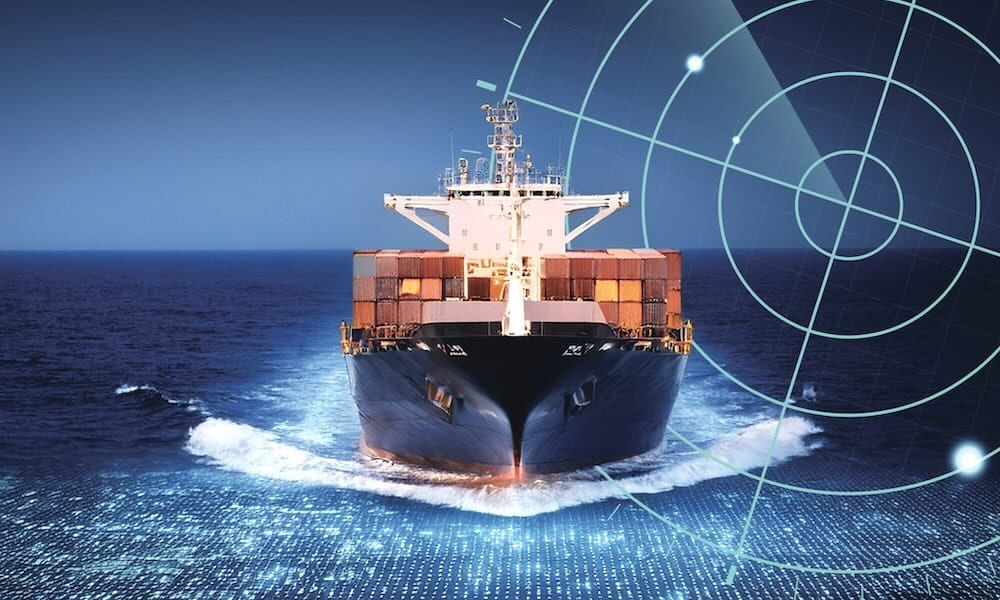Taking a reality check on shipping’s digitalisation
Navigating the Digital Seas: Maritime Tech Challenges Ahead

The maritime industry is undergoing a significant transformation driven by digitalization and artificial intelligence, promising safer and more sustainable operations. However, the journey is fraught with challenges, particularly in the realm of connectivity and the integration of new technologies. As shipping companies strive to optimize their operations, they face a crowded marketplace and the pressing need for practical solutions.
Connectivity Challenges in Maritime Operations
Despite the advancements brought by Low Earth Orbit (LEO) satellites, a substantial gap remains between the connectivity expectations of shipping companies and the actual bandwidth delivered. Many vessels still operate with insufficient bandwidth, particularly for data-intensive applications, leading to performance bottlenecks. This situation creates two pressing needs: shipping companies must collaborate with experts to design adaptable hybrid systems, and ship operators need support in implementing strategies that prioritize both operational efficiency and crew welfare.
FIT Alliance launches eBL declaration to secure commitment to digitalization
Effective management of connectivity goes beyond merely increasing capacity. The current solution lies in strategic bandwidth management, which involves orchestrating hybrid networks, layering technologies, and creating alternative pathways while prioritizing usage based on operational value. However, the integration of multiple technologies onboard is still in its infancy, and valuable lessons are being learned regarding system compatibility. This challenge extends beyond software; it necessitates a comprehensive understanding of how hardware and supporting infrastructure must evolve to accommodate a diverse range of onboard solutions. An integrated approach is already yielding benefits in areas such as enhanced bridge management and improved cybersecurity. Ultimately, success hinges on not just access to connectivity but on smart, adaptive integration.
Overcoming Decision-Making Paralysis in Digitalization
As maritime digitalization is projected to surpass $368 billion by 2031, the influx of software solutions presents a discernment challenge for shipowners. With offerings in environmental monitoring, voyage optimization, and AI analytics often appearing similar, distinguishing genuine value from mere marketing becomes increasingly difficult. Shipowners are not facing a shortage of options but rather a challenge in making informed decisions, which can lead to delays in action.
Some less proven solutions may be implemented without adequate testing or integration capabilities, resulting in isolated systems that resist scaling. This complexity can undermine the clarity that these tools are meant to provide. To achieve success, stakeholders must look beyond marketing promises and evaluate true compatibility, sustainability, and strategic alignment. The goal should not be to accumulate more digital tools but to build coherent ecosystems where technologies communicate effectively, data flows seamlessly, and solutions genuinely enhance operational efficiency and regulatory compliance.
